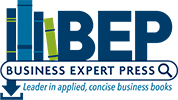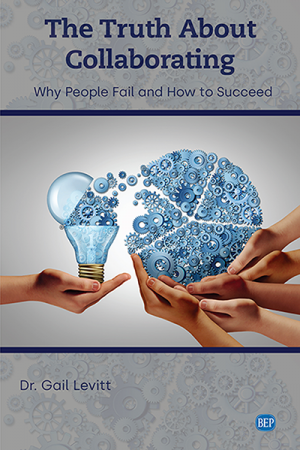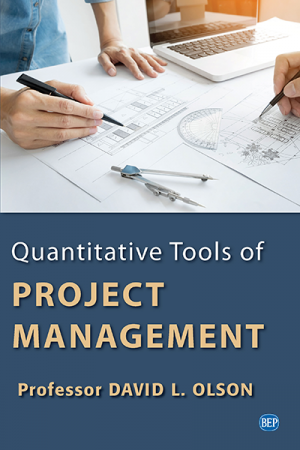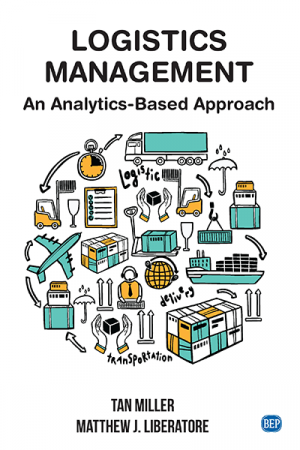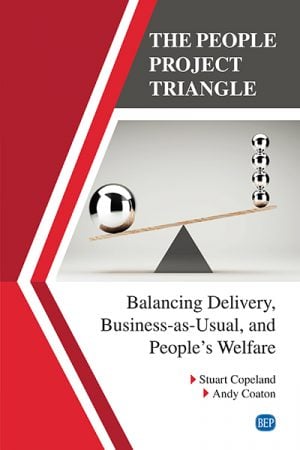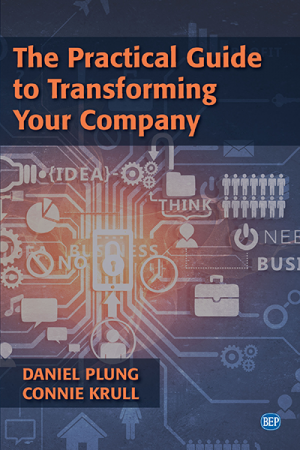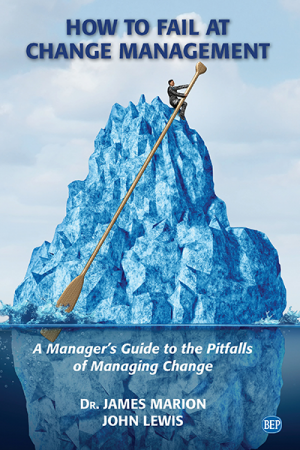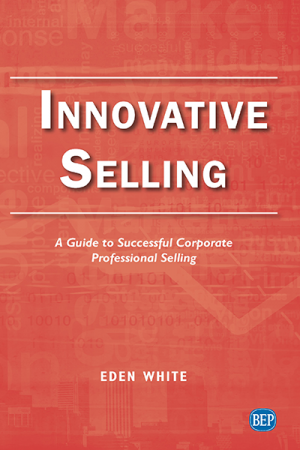The Truth About Collaborating: Why People Fail and How to Succeed
$31.99Now, more than ever before, organizations are encouraging work collaboration both in-person and remotely to increase productivity, enhance innovation, and attain the best results. However, leaders and teams often lack the essential knowledge, tools, and techniques required to avoid failure and achieve optimal outcomes.
This book offers a refreshing approach that provides unique insights, examples, tools, techniques, checklists, and templates for successful collaborations. It opens with a review of the ten essential collaboration competencies, a self-test to reveal strengths and gaps, and practical tips to apply. Then, collaboration mindfulness is explained and guidelines based on the COIN model explain how to put this crucial mindset into action. Next, practical advice is offered for how to both encourage and manage discussion and dis- agreement throughout all four phases of the collaboration process.
Having a clear focus for the collaboration topic as a problem or an opportunity is reviewed in detail, with tips on how to decide and discuss most efficiently. Guidelines for how to manage conflict and deal with challenging people are offered, based on strategies for each of the four conflict stages. Additionally, whole-brain techniques are explained to help collaboration teams invent the most unique options and solutions for innovation and change. The book concludes with proven strategies for how to overcome eight common obstacles to collaborations with confidence.
